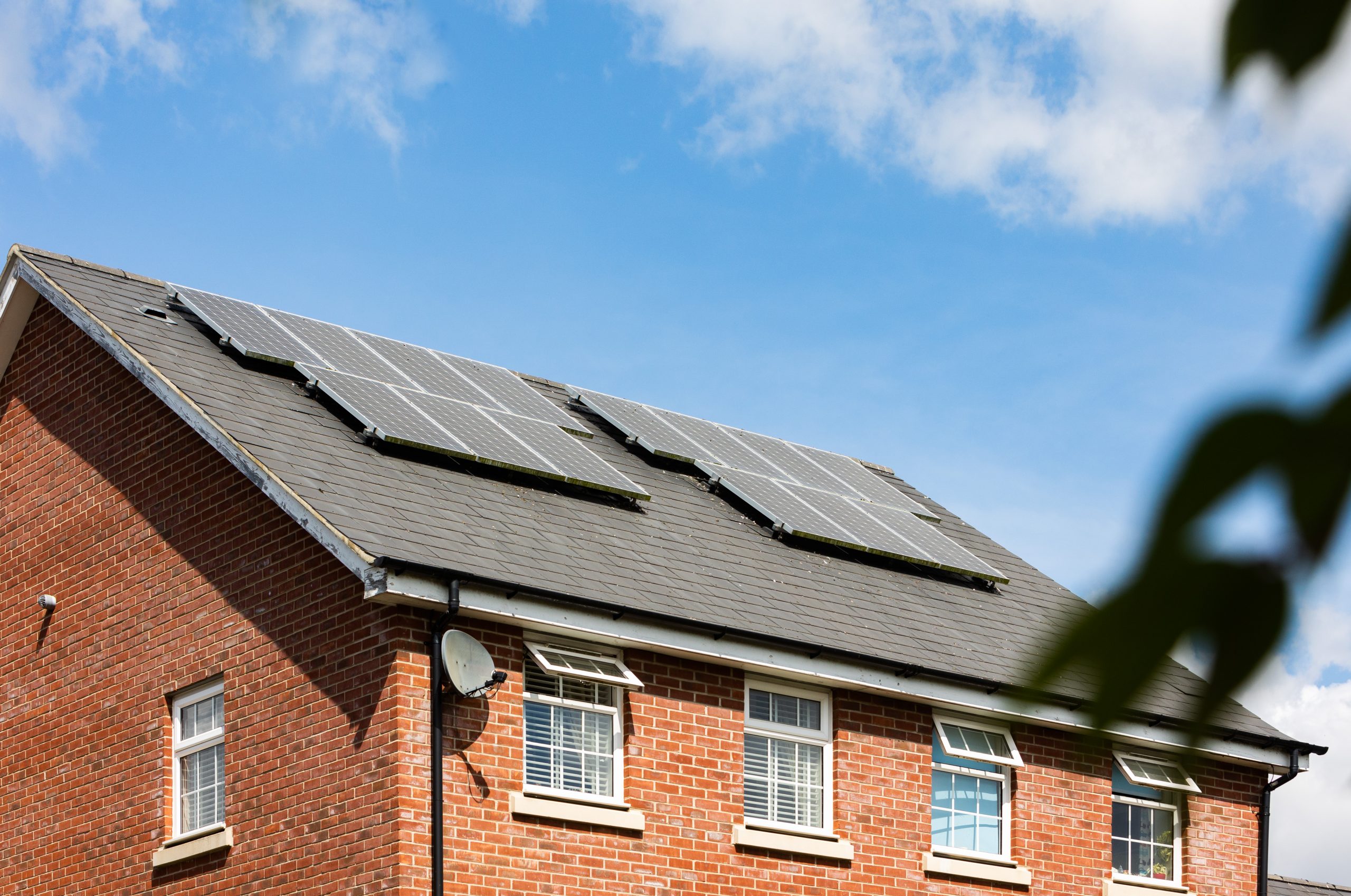Last Updated on: 8th October 2021, 09:05 pm
The simple fact is, a pitched roof (i.e. set at an angle) is more weather-tight than a flat roof as it allows the rain to slide off the roof, rather than sit on top. This type of roof typically has a pitch of between 30 and 45 degrees and not only serves a practical purpose, but also plays a role in the aesthetics of the house. By a happy coincidence, this is also the best angle at which to place solar photovoltaic (PV) panels.
One of the big benefits of steeply pitched roofs which has emerged in recent years as more and more homeowners have taken the opportunity to increase the number of bedrooms, is the ease of converting attic space into living space.
The steeper the pitch, the more headroom in the loft, so the greater the potential living space. The roof pitch is definitely worth bearing in mind if you are self building – and of course when deciding on tiles as not all roof tiles can be used on all angles of pitch.
In comparison to flat roofs, pitched roofs have a longer lifespan. A flat roof will require constant maintenance of its drainage system to prevent leaks. Pitch roofs are more expensive, but cheaper and less frequent repairs offset the initial cost.
In terms of renovation projects, houses built before the 1960’s are easier to convert because roofs were usually constructed from individual rafters (the traditional rafter and purlin roofs). This is ideal for a loft conversion as it usually has a reasonably steep pitch and relatively clear space between the supporting framework.
Since the 1960’s most roofs have been built from ‘trussed rafters’. These are factory assembled triangles which result in a lower pitch with more struts. Converting a roof constructed like this is a more complicated process as it requires timbers to be rearranged or the roof raised.
Before embarking on your loft conversion it’s worth considering the roof height: A minimum height of 2.3 metres is needed over half the floor area to make a conversion worthwhile and a minimum of 2m headroom is generally required over the flight of the staircase and landing, although the Local Authority may permit a slight reduction in this dimension.
